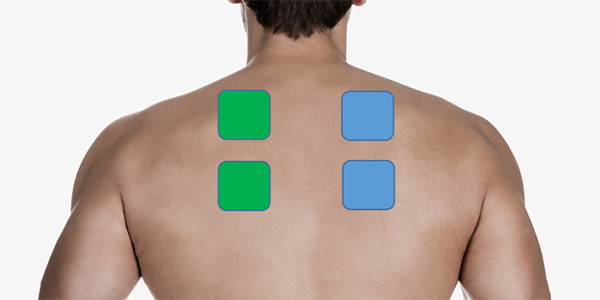what is neck pain?
Neck pain is a common issue that affects many adults at some point in their lives, and it can involve the neck and shoulders or radiate down an arm. The pain may vary from dull to resembling an electric shock into the arm. Certain symptoms like numbness or muscle weakness in an arm can help identify the cause of neck pain.
Symptoms
The symptoms of neck pain are similar to cervical spondylosis, characterized by local pain, discomfort, and limited movement in the neck. Patients often complain about not knowing the right head position and experience intensified symptoms in the morning due to fatigue, poor posture, or exposure to cold stimuli. In the early stages, there may be head and neck, shoulder and back pain with occasional severe episodes that make it difficult to touch or move the neck freely. Neck muscles may also spasm and exhibit tenderness. Pain in the neck, shoulders, and upper back is commonly experienced after the acute phase. Patients frequently report feeling fatigued in their necks and have difficulty engaging in activities like reading books or watching TV. Some individuals may also experience headaches or occipital pain along with a sensation of tightness or stiffness upon waking up.
Diagnosis
X-ray images show arthritis or fractures, but they cannot detect issues with the spinal cord, muscles, nerves, or disks alone.
MRI or CT scans generate images that can reveal herniated disks or problems with bones, muscles, tissue, tendons, nerves, ligaments and blood vessels.
Blood tests can help determine if an infection or other condition is causing pain.
Nerve studies such as electromyography (EMG) measure nerve impulses and muscle responses to confirm pressure on the nerves caused by herniated disks or spinal stenosis.
How to treat neck pain with electrotherapy products?
The most common types of mild to moderate neck pain usually respond well to self-care within two to three weeks. If the pain persists, our TENS products can help relieve your pain:
Transcutaneous Electrical Nerve Stimulation (TENS). The therapist places electrodes on the skin near the painful area. These deliver tiny electrical impulses that can help relieve pain.
For neck pain, place two electrodes on the lower backside of the neck on the sides (painful area). For some, placing two or more electrodes above or beside the shoulder blades may work better. Take note not to place electrodes close to the head. Remember that TENS may interfere with how the brain sends electrical impulses to the body.
The specific use method is as follows(TENS mode):
①Determine the right amount of current: Adjust the current strength of the TENS electrotherapy device based on how much pain you feel and what feels comfortable for you. Generally, start with a low intensity and gradually increase it until you feel a pleasant sensation.
②Placement of electrodes: Put the TENS electrode patches on or near the area that hurts. For neck pain, you can place them on the muscles around your neck or directly over where it hurts. Make sure to secure the electrode pads tightly against your skin.
③Choose the right mode and frequency: TENS electrotherapy devices usually have a bunch of different modes and frequencies to choose from. When it comes to neck pain, you can go for continuous or pulsed stimulation. Just pick a mode and frequency that feels comfortable for you so you can get the best pain relief possible.
④Time and frequency: Depending on what works best for you, each session of TENS electrotherapy should typically last between 15 to 30 minutes, and it's recommended to use it 1 to 3 times a day. As your body responds, feel free to gradually adjust the frequency and duration of use as needed.
⑤Combining with other treatments: To really maximize neck pain relief, it might be more effective if you combine TENS therapy with other treatments. For example, try using heat compresses, doing some gentle neck stretches or relaxation exercises, or even getting massages – they can all work together in harmony!
Attention please
Unilateral pain: Choose the same side of the electrode placement(Green or blue electrode).
Intermediate pain or bilateral pain: choose the electrode placement, but do not cross(Green and blue electrode---tow channel).

Post time: Aug-21-2023






